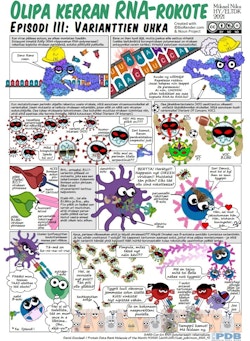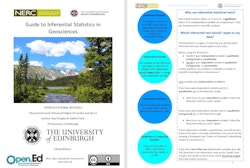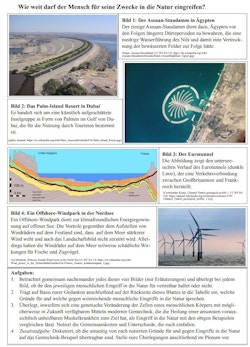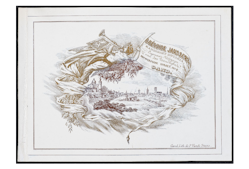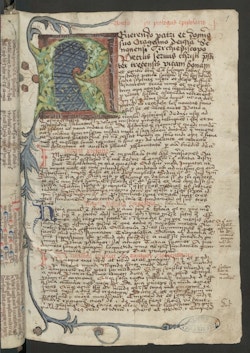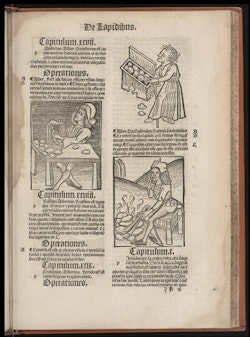Open Educational Resources (OER) toolkit
Types of OERs
OERs can include individual resources or full courses or collections. This includes (but is not limited to) resources developed by individuals, such as:
- text (e.g., academic text, handouts, teaching notes, blog posts, data sets, open textbooks, open access publications, assignments, marking rubrics)
- images (e.g., photos, diagrams, infographics)
- audio (e.g., music, podcasts)
- databases and open data
- multimedia materials (e.g., videos, animations)
OERs can also include larger courses or collections published by institutions:
- course units or whole courses (e.g., openly-licensed courses such as MOOCs or OpenCourseWare (OCW))
- collections (e.g., those from libraries, archives, or museums) such as those seen below
Examples of OERs
Examples of OERs produced for Una Europa or examples from universities across the Una Europa Alliance are included below and throughout this page.
The examples shown above include:
- A creative cartoon diagram engaging individuals on the topic of Coronavirus, shared with the CC BY-NC-ND 4.0 licence by a member of the University of Helsinki
- A collaboratively-developed resource for high school pupils on inferential statistics in geosciences developed for a student assignment on the Geosciences Outreach Course at the University of Edinburgh, shared with the CC BY licence to allow teachers to adapt the resource for their pupils
- A worksheet on genome ethics along with questions that ask to what extent are people allowed to intervene in nature for their own purposes, shared with the CC BY-SA 4.0 licence by a member of the Genom Edit Ethik team at Freie Universität Berlin to engage and benefit the general public
Una Europa’s various initiatives and Joint Innovative Formats (JIFs) in education and mobility are also developing OERs, including the following:
- The Una Europa PhD in Cultural Heritage is sharing various talks and outputs as OERs
- The MOOC in Data Science and Artificial Intelligence (DSAI) will have openly licenced content from our partner universities
- Student-developed work and solutions to challenges as part of the Una Together challenge will ideally be shared as OERs
- Creative work to address One Health global challenges co-developed by student participants during the inaugural Una Europa One Health Summer School will ideally be shared as OERs
- Creative outputs from the Live My Life job shadowing initiative may be shared as OERs
The cultural heritage items shared by our libraries' special collections teams, as seen below, are also often shared in the public domain and can be considered OERs.
Other examples of OERs are outputs from collaborative projects with contributions from our Una Europa partner universities, including:
- Outputs from the DIGIPASS multi-university Erasmus+ Strategic Partnership project, designed to improve the impact of mobility experiences for students by providing a holistic approach to online mobility support (see the introductory video which is an OER below)
- The DIGIPASS Handbook (CC BY-SA 4.0)
- The DIGIPASS Training Programme (with learning management system import files that are freely available, downloadable and adaptable, CC BY-SA 4.0)
- Outputs from the Intercultural TICKET project (see the introductory video which is an OER below)
Public, institutional, and national OER collections
OERs have been foundational to the development of this toolkit, drawing on the openly licenced work of others. Numerous OERs are shared via public repositories including: Openverse (with over 600 million items to reuse), Wikimedia Commons (e.g., images, videos, audio, text, books, data), Google advanced search when filtering by license usage rights (e.g., images, videos, audio, text, books), Slideshare (e.g., presentations, diagrams, infographics), Github (e.g., software and other materials).
Institutional and national OER collections to which our Una Europa universities contribute include:
- Some of the extensive variety of MOOCs from our institutions can be considered OERs, as long as they clearly show that the content includes Creative Commons licenses
- The University of Edinburgh's Open.Ed showcase of OERs includes activities, resource lists, 3D models, openly-licensed workbooks, unique resources from the University’s library and archival collections, resources for primary and secondary schools, and more. Furthermore, the Creative Commons channel on the University's MediaHopper video repository includes over 5,000 videos that are considered to be OERs
- Université Paris 1 Panthéon-Sorbonne's video recordings of talks hosted on their Mediatheque media library, some of which include open licences including many videos within the Una Europa channel
- KU Leuven Libraries' open collections including Digital Heritage Online and Modern Digitised Materials
- Jagiellonian University's Digital Library, including many items in the public domain
- National Finnish OER repositories (to which the University of Helsinki actively contributes) such as the AOE Library of Open Educational Resources and the Finna.fi cultural heritage repository
Except where otherwise noted or where logos are trademarked, this content was developed by the Una Europa OER Working Group, 2022, CC BY.

